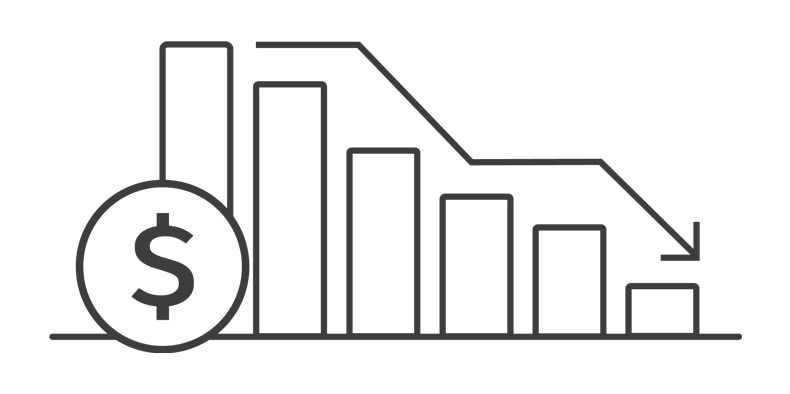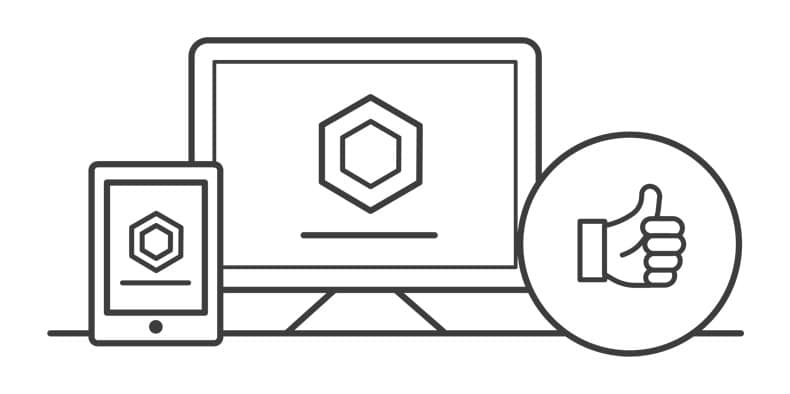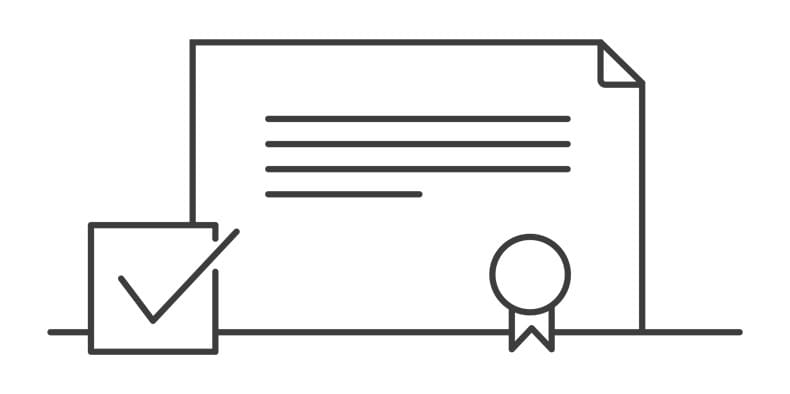Challenges don't get bigger than this
Don’t recycle, upcycle: Discover why future sustainability requires a circular economy.
Don’t recycle, upcycle: Discover why future sustainability requires a circular economy.
It’s design to support circularity—and a radical rethinking of how we use materials and energy. Components in products or buildings can be continually reused in future projects, with less waste. As the world’s resources become more limited, circular design is the foundation of the circular economy.
Circular design helps you reduce costs in both design and production. You’ll need fewer materials, and you can benefit from a simplified supply chain with fewer spare parts in inventory.
When deciding what to buy, consumers increasingly weigh whether a company is responsible. With circular design, you can create more sustainable products that show your commitment to innovation.
Plastic bans get the most attention, but product repair and “end-of-life” laws are also expanding in scope. Global operations require better data, designs, and collaboration to remain compliant.
Yuma Labs
Learn how a Belgian startup produces sustainable sunglasses and brings some of the biggest names in street fashion into its mission of closed-loop production.
WNDR Alpine
Salt Lake City ski maker WNDR Alpine is hoping to disrupt the industry with its new ski. Read to see how it's designed and made using a novel biobased material: microalgae oil.
Lamina Flow
Nearly 500,000 surfboards are sold annually, and most last less than a year due to strain. See how this Australian company is designing boards that are easier on the earth.
Submit your contact information in the form below to speak with a sales expert about your sustainability goals.






